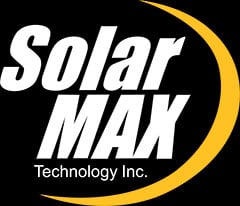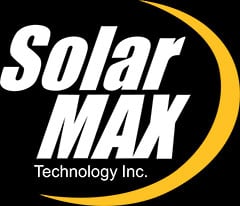The Environmental Protection Agency (EPA) latest Clean Power Plan has set a new standard for green living and energy efficiency.
The new precedent for state-specific carbon dioxide emissions from existing power plants is increasing compliance of energy efficient changes across the U.S.
Recent research from the American Council for an Energy-Efficient Economy (ACEEE) has found that taking steps like this could cut emissions by 50 percent, using energy efficient means.
According to Power Online, energy efficiency is generally two to three times cheaper than implementing power generation from traditional sources and has numerous benefits including lower utility bills for customers and businesses. It also spurs job creation, strengthening communities with real revenue sources and a morale boost.
The EPA's final ruling included a new proposal, creating an early credit program for energy efficiency savings achieved in 2020 and 2021 in low-income communities. It also clarifies previously confusing particulars relating to energy savings, which is expected in turn, to increase the number of states willing to participate.
Energy efficiency is generally the cheapest, fastest, and most readily available path for states looking to achieving substantial emissions reductions, while maintaining affordable and reliable power for their citizens," said Steven Nadel, executive director of ACEEE.
Currently, 24 states have an annual energy savings target, and 41 have adopted national model building codes. In addition, more than 30 percent of the industrial sector in the U.S. has its electricity needs met through combined heat and power initiatives.
Solar power is also a vital part of overall energy efficiency. Installing residential solar power panels in your home can lower monthly costs, create a energy efficient power source and reduce overall emissions.
To receive a free solar consultation, click HERE.




